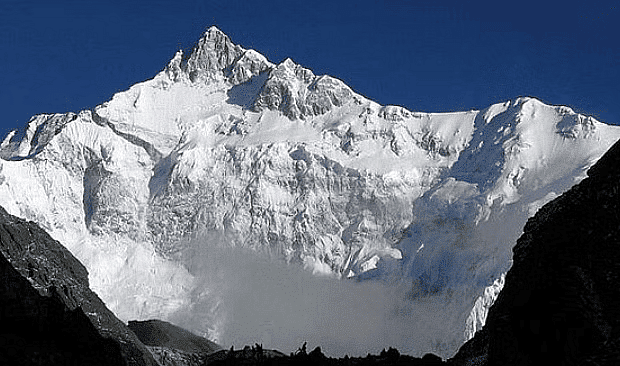Our India- Physical Features - 2 Class 3 Worksheet SST
Q1: Multiple-Choice Questions (MCQs)
(i) Which mountain range is the highest in India and the world?
(a) Vindhya Rang
(b) Western Ghats
(c) Eastern Ghats
(d) Himalayas
(ii) Which river is known as the "Sorrow of Bengal" due to its frequent flooding?
 (a) Ganges
(a) Ganges
(b) Yamuna
(c) Brahmaputra
(d) Indus
(iii) The Thar Desert is located mainly in which Indian state?
(a) Rajasthan
(b) Gujarat
(c) Haryana
(d) Punjab
(iv) What is the longest river in India?
(a) Ganges
(b) Yamuna
(c) Brahmaputra
(d) Godavari
(v) Which is the largest plateau in India?
(a) Deccan Plateau
(b) Indo-Gangetic Plain
(c) Malwa Plateau
(d) Chota Nagpur Plateau
Q2: Fill in the Blanks
(i) The capital city of India is _____________, located in the northern part of the country.
(ii) India is known for its diverse _____________, with numerous languages spoken throughout the nation.
(iii) The famous monument, Taj Mahal, is located in the city of _____________.
(iv) The national emblem of India features four lions standing back to back atop a _____________.
(v) The highest peak in India, _____________, is part of the Himalayan mountain range.

Q3: True/False Questions
(i) The Himalayas are the highest mountain range in the world.
(ii) The Ganges River originates from the Himalayas.
(iii) Thar Desert receives a high amount of rainfall throughout the year.
(iv) The Indian Ocean surrounds India on three sides.
(v) The Deccan Plateau is characterized by its flat and fertile terrain.
Q4: Answer the following questions
(i) What is the significance of the Himalayan region in India?
(ii) How does the climate in the Great Indian Desert differ from other regions in India, and what are the primary occupations in this area?
(iii) What are the main features of the Plateau Region in India, and how does it differ from the Northern Plains?
(iv) Describe the characteristics of the Coastal Plains in India and their importance to the country's economy.
You can access the solutions to this worksheet here.
FAQs on Our India- Physical Features - 2 Class 3 Worksheet SST
| 1. What are the major physical features of India? |  |
| 2. How do the Himalayas influence India's climate? |  |
| 3. What is the significance of the Indo-Gangetic Plain? |  |
| 4. What types of vegetation are found in India’s physical features? |  |
| 5. How do rivers affect the lives of people in India? |  |





















